Biodiverse green roof
Commonly known as 'brown roof', this type of living roof replicates biodiverse brownfield habitats with an intensive organic substrate. These are usually for the purpose of improving biodiversity or meeting environmental standards with a roof that is not overlooked, and your client requires minimal maintenance.
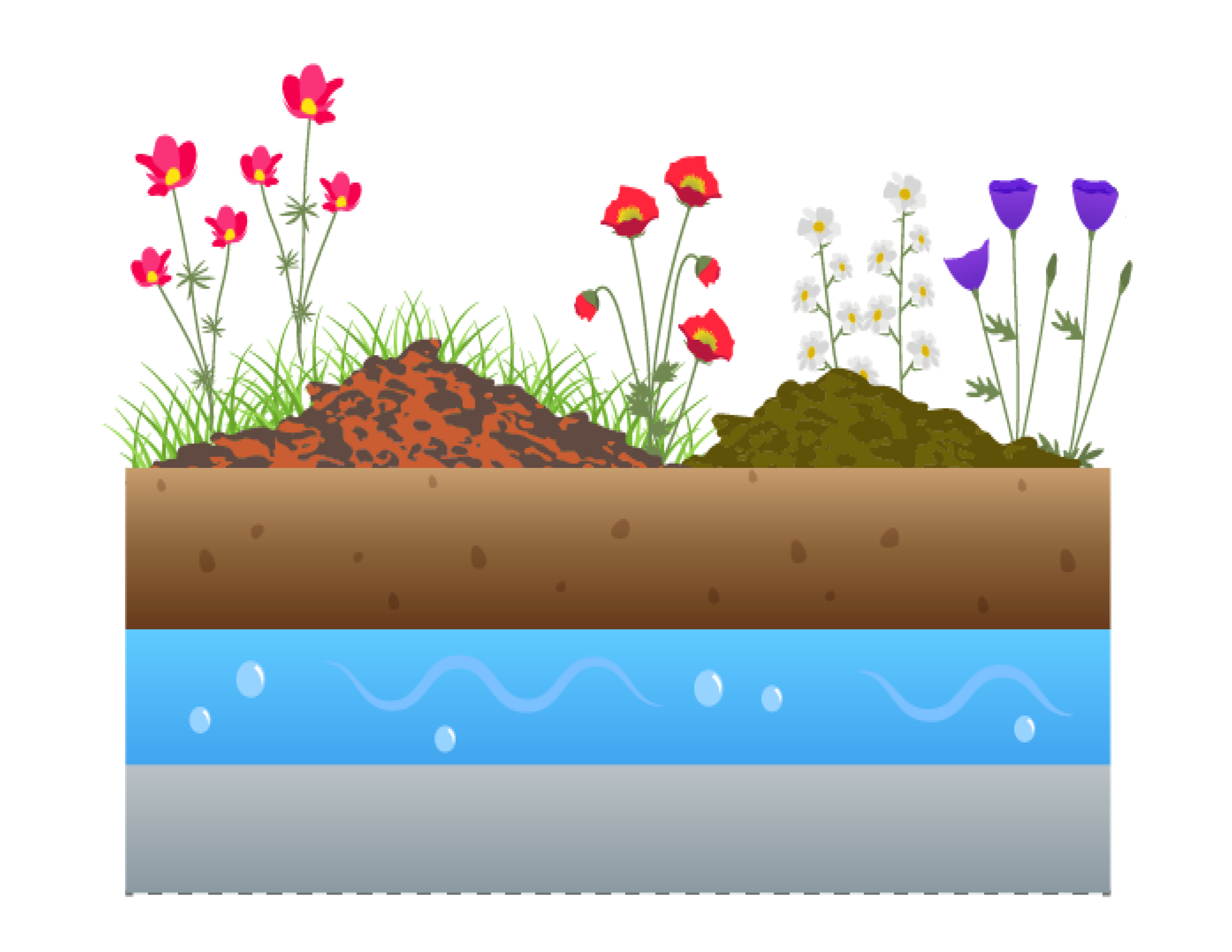
Key features:
- Shallow soil layer of at least 60mm
- Pre-planted or left to naturally seed (colonisation)
- Native wildflowers and grasses
- Log revetments
- Recycled aggregates to provide additional micro-habitats
- Modular or component
- Zero to low maintenance
Design for biodiversity
- Wildflowers
- Native species
- Recycled aggregate piles
- Log revetments
Design for biophilia
- Wildflowers
- Shallow-rooted perennials
- Plants to attract bees, birds and butterflies
- Herbs (for picking)
Extensive green roof
The biodiversity value differs according to the soil depth, but as they are often pre-planted with sedums (small, hardy succulents), moss, herbs and grasses, extensive living roofs tend to have lower biodiverse value. As they come with minimal maintenance and can be a DIY install, they are often used domestically.
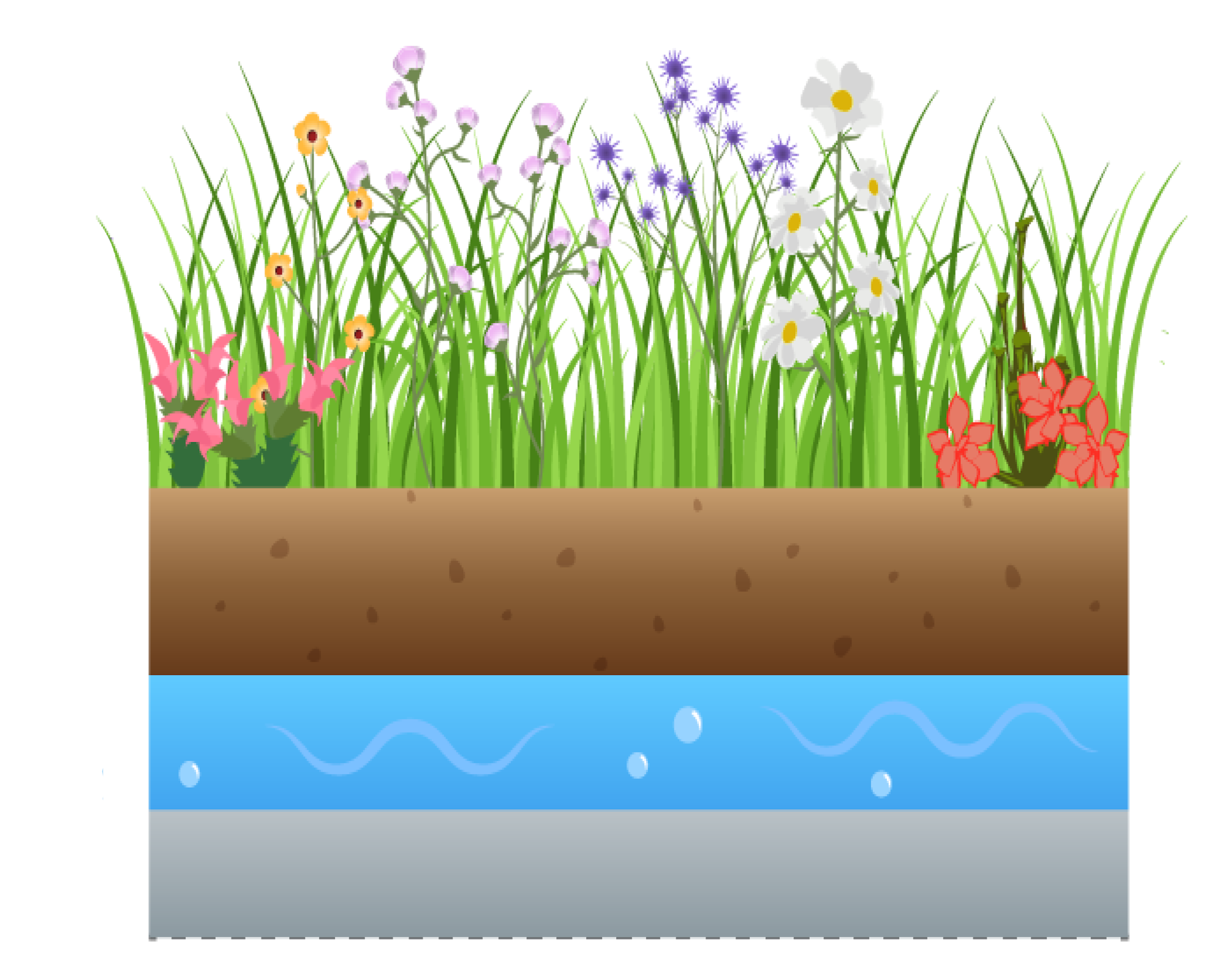
Key features:
- Shallow substrate depth
- Typically pre-planted
- Sedum, moss, herbs and grasses
- Modular or component
- Shallow-rooted plants
- Lower biodiverse value
- Zero to low maintenance
Design for biodiversity
- Limited sedums
- More wildflowers
- Some grasses and herbs
Design for biophilia
- Flowering plants and herbs
- Plenty of evergreens
- Plants to attract bees and butterflies
- Seating and pathways
Semi-intensive green roof
Leaning towards roof gardens, but without the weight of an intensive living roof. You have greater design scope and these roofs can also be used recreationally.
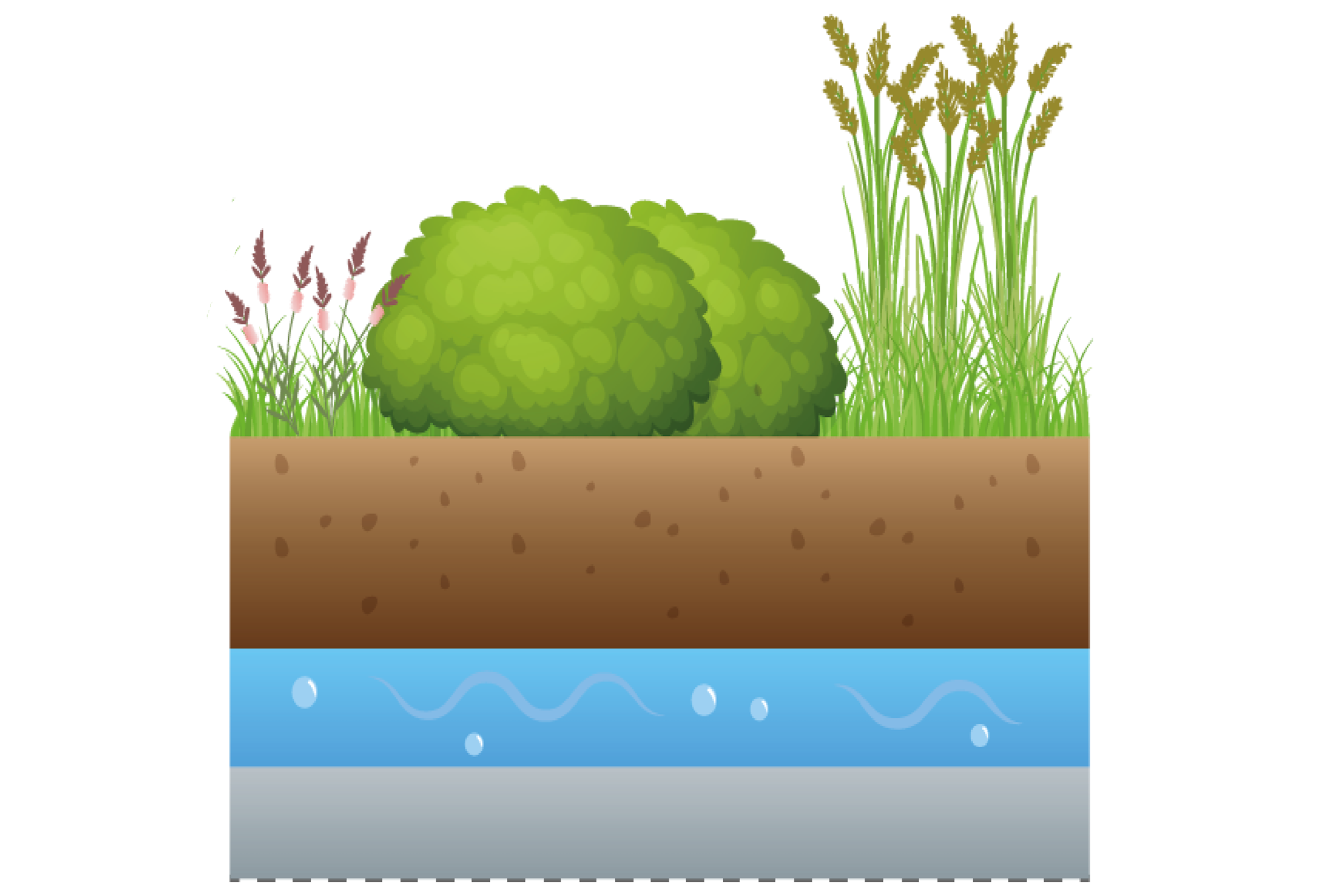
Key features:
- Deeper substrate
- Wide range of plants to choose from
- Typically component build-up
- Ideal for designed roof (aesthetics)
- Lower biodiverse value if for recreational use
- Periodical maintenance
Design for biodiversity
- Majority of plants are native species
- Small % of shrubs
- Large % of wildflowers, grasses and herbs
- Substrate with high % of organic matter
- Habitat homes
Design for biophilia
- Wide plant variety
- Shrubs to create contours
- Sources of nectar
- Edible plants
- Seating and pathways
Intensive green roof
Also known as a roof garden, this is the most 'involved' roof type which can be designed to be like a garden environment. The deep soil allows for more design creativity.
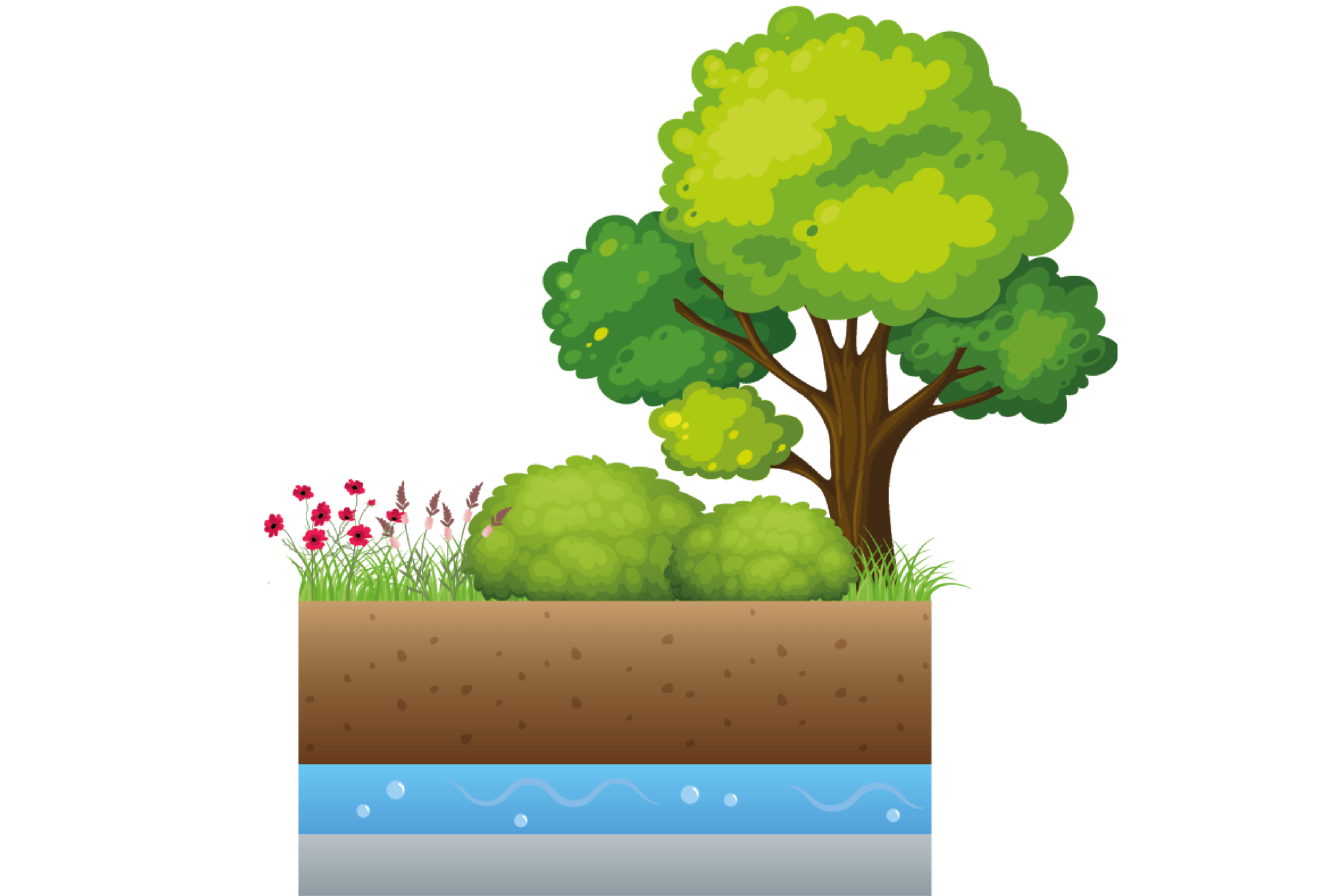
Key features:
- Roof garden
- Deep substrate (>150mm)
- Wide range of plants to choose from
- Typically component build-up
- Allows for trees and other deep-rooted species
- Huge scope for design
- Regular maintenance required
Design for biodiversity
- Flowering species
- Sources of nectar
- Mix of small and deep-rooted (eg. wildflowers, shrubs and trees)
- Species that attract wildlifes
Design for biophilia
- Large plant variety
- Walkways, seating and pergolas
- Water features
- Natural garden feel
- Contour planting (low-high planting)
Biosolar: what is it?
Biosolar roofs incorporate both solar photovoltaics (PV) and living roof vegetation. Typically, extensive green roofs are the chosen living roof habitat, as small plant species can be selected which don’t block sunlight from the PVs.
Research has shown that the energy performance of solar PVs increases by 3.3 - 5.3% when combined with a green roof, as the transpiring vegetation helps keep the solar PVs at an optimum temperature.
Our best practice guidance to BNG, co-authored with AECOM, goes over this.
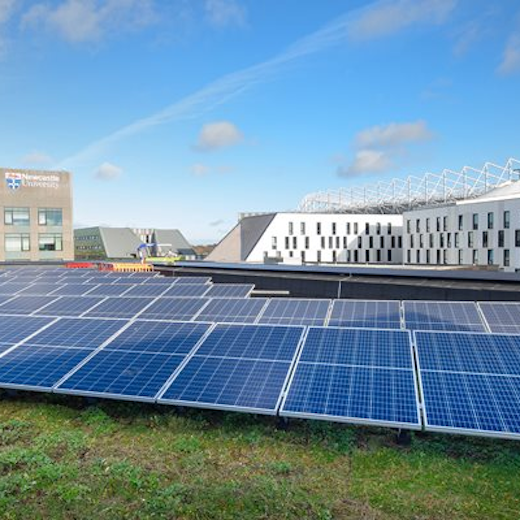
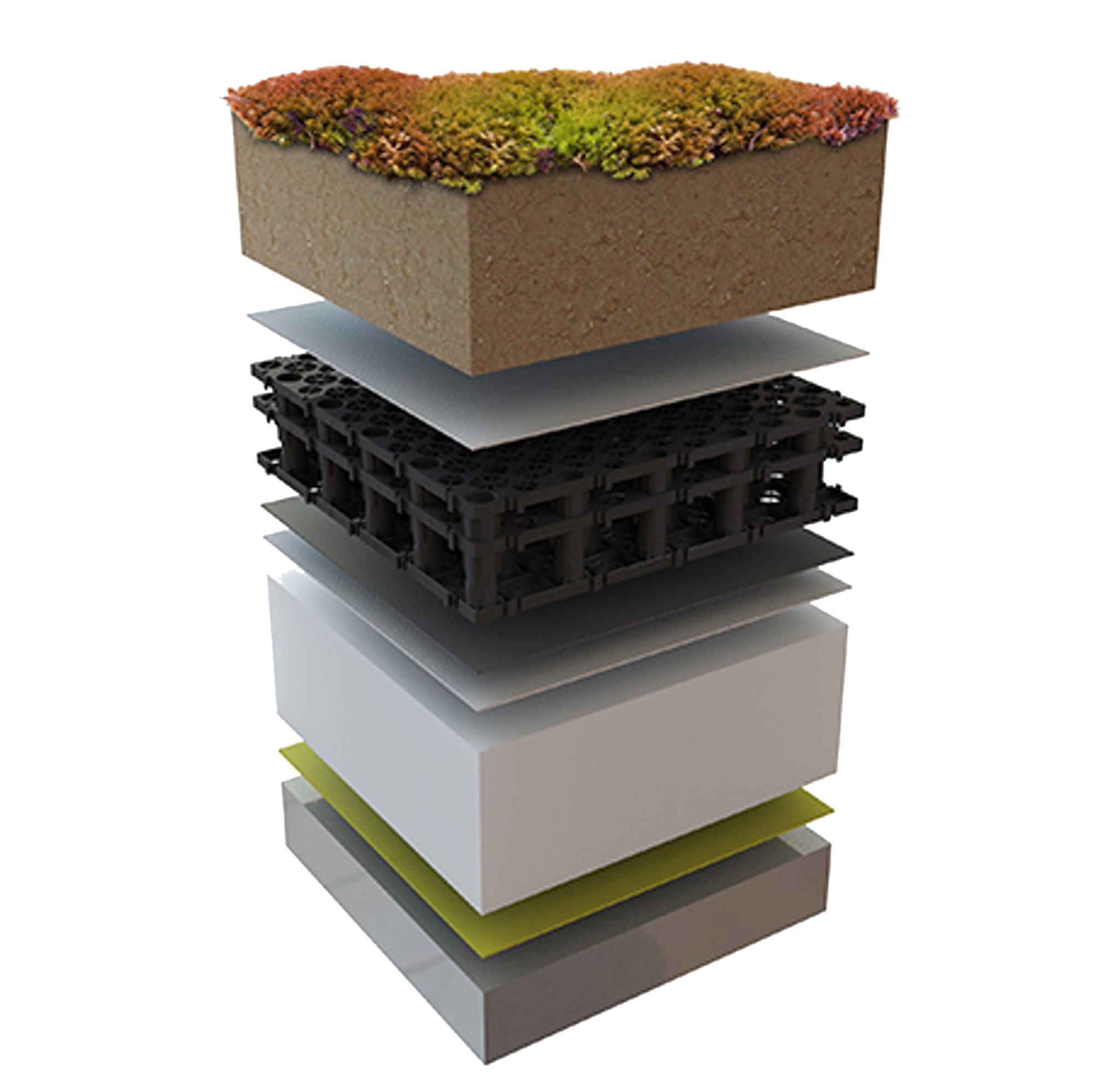
What is a blue roof?
A blue roof is a roof designed for the retention for rainwater above the waterproofing element of the roof. The aim is to increase the volume of water stored and control the amount of water released.
Combining blue roof technology with green roofs increases the overall benefits.